US Cities With The Most Asian-Americans
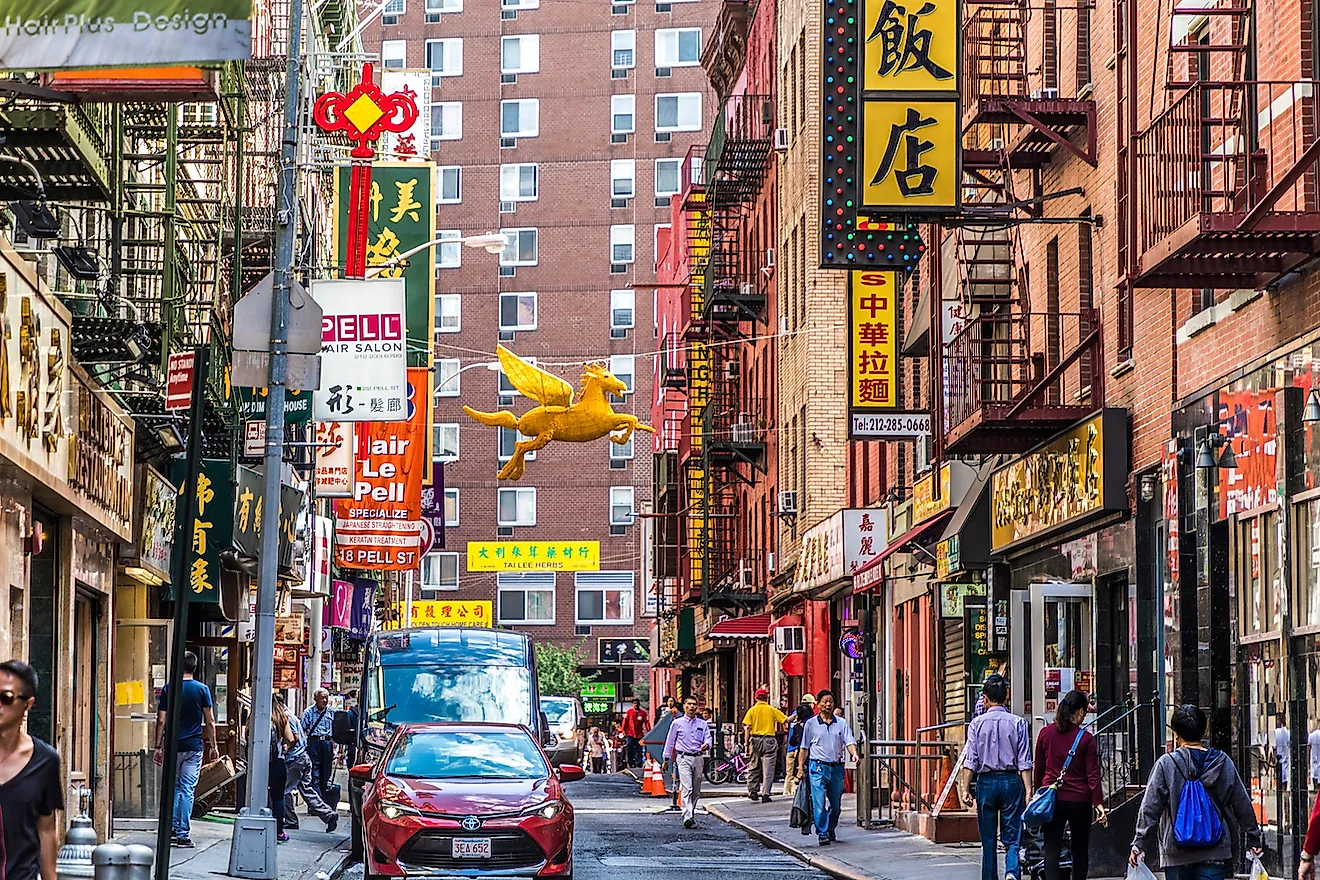
- Incentivized by a poor economy back home, the first wave of Chinese immigrants came to the United States during the California Gold Rush.
- Japanese immigrants first settled in the independent kingdom of Hawaii to work on sugar plantations, which at the time was a burgeoning industry.
- Throughout the 20th century, Asian immigrants largely moved to the West Coast, settling into the communities their ancestors established.
Over the years, the United States has become a melting pot of different cultures. People have immigrated from all over the world just to settle in America. Today, approximately twenty million Asians call the United States home. While many are born in the country itself, most can trace their familial roots back to dozens of places throughout Asia. This article explores the history of Asian immigration and examines the top US cities with the highest Asian-orign populations.
A Brief History Of Immigration From Asia
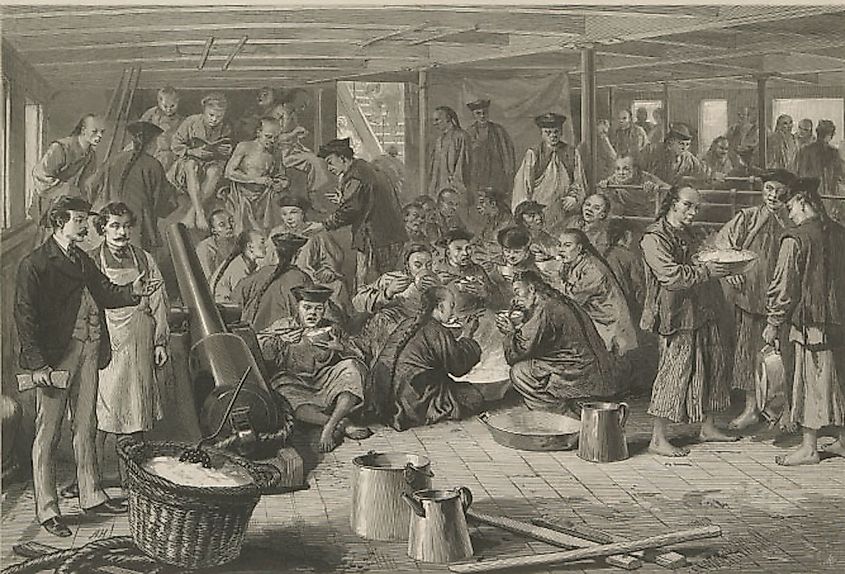
The history of Asian immigration to the United States can be broken down into different waves. The first people to arrive in large numbers were the Chinese in the 1850s. Incentivized by a poor economy back home, most settled on the West Coast during the California Gold Rush. Within thirty years, roughly 322,000 Chinese people had moved to the United States.
Thousands of immigrants also worked in the railroad industry to help construct the Central Pacific, the western portion of the First Transcontinental Railroad. They were instrumental in its success, but their efforts were largely ignored. This lack of credit is indicative of how they were treated by Americans. They endured discrimination—and oftentimes violence—on a daily basis. Once the railroad was complete, many were even forced out of their hometowns.
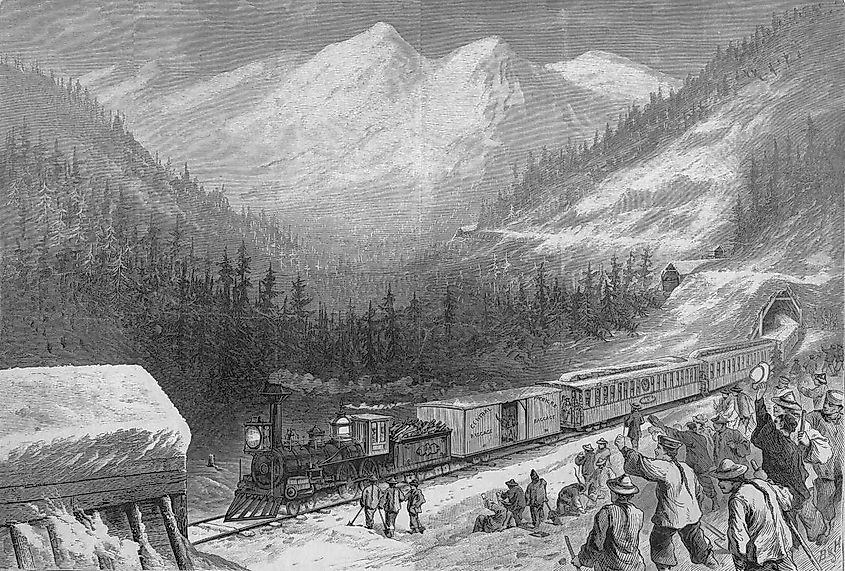
Chinese workers in the snow constructing the first transcontinental railroad.
According to American law, Chinese immigrants were not considered citizens. Regardless, individuals and families gathered in Chinatowns where they lived more or less independently of the urban cities around them. These pocket communities allowed them to maintain their own cultural identities. They were peaceful and actively avoided trouble, particularly with the non-Asian population.
In 1882, Congress passed the Chinese Exclusion Act which prohibited immigration of Chinese laborers for the next 61 years. Within that time, the number of Chinese people in America dropped drastically, creating opportunities for other Asian peoples to arrive seeking employment.
Urban Areas Heavily Populated By Asian-Americans
Urban Honolulu, Topping The List
According to Statista, a leading provider of market and consumer data, 61.6 percent of Honolulu’s population identified as Asian in 2018. This is more than a twenty percent jump from the US city with the second-highest Asian population, which is largely due to the first wave of Japanese immigrants.
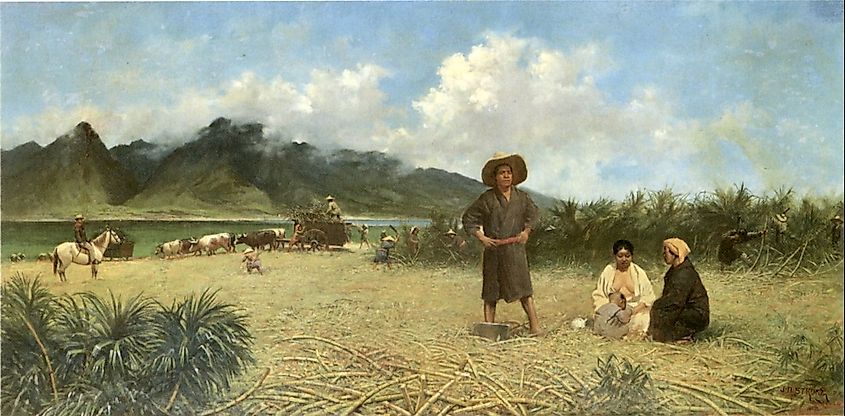
Japan remained relatively isolated from the rest of the world up until the mid-1800s when many laborers left their country to avoid paying heavy taxes and to find work elsewhere. At first, many Issei—first generation immigrants—settled in the independent kingdom of Hawaii to work on sugar plantations, which at the time was a burgeoning industry. Throughout the following decades, their numbers only continued to grow. By 1924, more than 200,000 Japanese had immigrated as plantation laborers. By this time, Hawaii had been made a territory of the United States.
Japanese immigrants experienced a certain level of discrimination, but nothing compared to the Chinese. After the attack on Pearl Harbor in 1941, however, distrust skyrocketed. Roughly 120,000 people of Japanese descent across the United States were forced into detention camps by the government. Perhaps surprisingly, those living in Hawaii were branded as disloyal, but were largely spared from this widespread persecution, even with the Honouliuli Internment Camp located in their very backyard.
In August 1959, Hawaii officially became the fiftieth US state. Since then, Honolulu has not only remained its largest city, but is the US city with the highest share of Asian-Americans in its population. Japanese, Chinese, Koreans, Vietnamese, and Filipinos live in the city in large numbers.
California
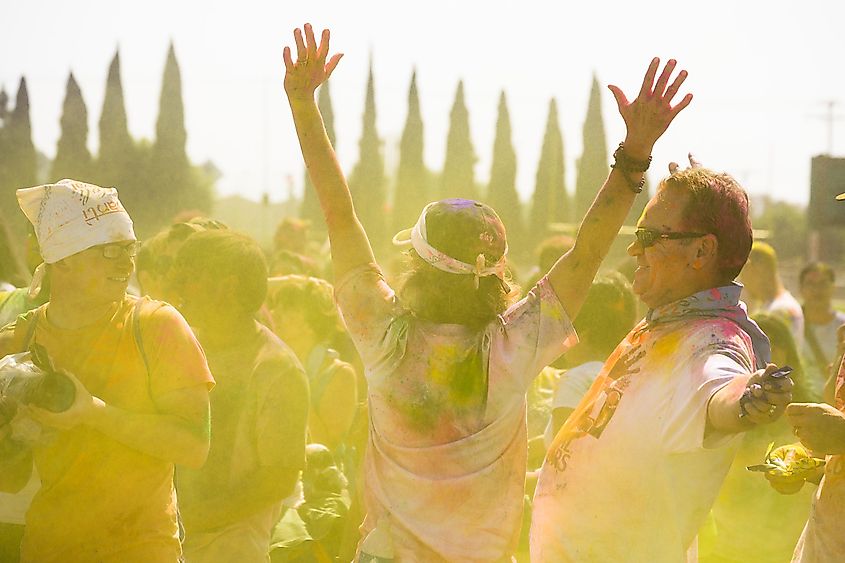
Approximately 3.7 million Asians currently call California home; that is one-third of the entire country’s Asian-American population. This data is reflected in the same report from Statista as mentioned above. With the exception of Washington, the second to seventh metropolitan areas with the highest percentage of Asians are all located in the Golden State. The San Jose-Sunnyvale-Santa Clara region has the highest out of all five, with Asians making up 39.4 percent of its total population. Other places with high percentages include San Francisco-Oakland-Hayward and Los Angeles-Long Beach-Anaheim.
As discussed earlier, a significant number of Asians came to the United States in the mid-1800s as a result of the California Gold Rush. Others came to work on the Central Pacific Railroad. While some merchants sailed to the East Coast, the vast majority of Asians established communities in the west. Because of these roots, future immigrants tended to follow in their footsteps. Throughout the years, generations of California-born Asians continued to increase their population size. Today, the West Coast remains a desirable destination for immigrants due to its proximity to Asia.
Other Metropolises
The Seattle Metropolitan Area in the state of Washington lands in fifth place on the Statista report, with 17.5 percent of its population being of Asian descent. The Washington D.C. Metropolitan Area comes in at number ten with 12.2 percent. Interestingly, the only region in the top ten that is not located in the west is the New York-Newark-Jersey City area, proving that Asian immigrants still prefer to settle in western states.
Future Of Asian Immigration
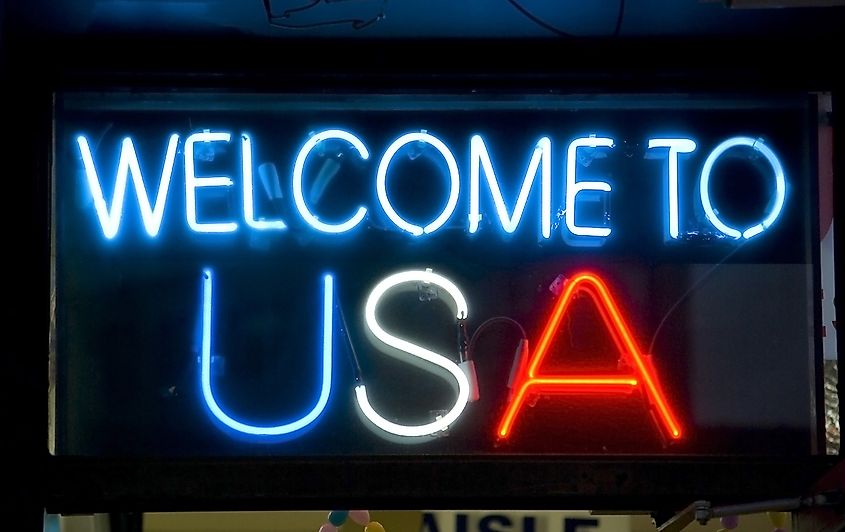
As of 2015, Asians made up six percent of the entire American population. This may seem insignificant, but in fact, this number had grown by 72 percent since 2000.
The Pew Research Center predicts that Asians will make up fourteen percent of the American population by 2065, more than double what it is now. If this projection becomes reality, Asians will become the largest foreign-born population in the United States, superseding Hispanics; however, the latter will continue to outnumber Asians in terms of total population.
These changes could have major ramifications on national politics. Americans share mixed views on immigration, but tend to favor Asians over any other group. Part of this is because they usually come having received a better education in their country of origin than other immigrants. Nonetheless, this has the potential to shift the debate on immigration more toward the positive quite significantly. Only time will tell if the Pew Research Center’s prediction is accurate and if attitudes toward immigration in general will improve.
US Cities With The Highest Population Of Asian-Americans
| Rank | Metropolitan Area | States | % of residents identifying Asian in 2018 |
|---|---|---|---|
| 1 | Urban Honolulu | Hawaii | 61.6% |
| 2 | San Jose-Sunnyvale-Santa Clara | California | 39.4% |
| 3 | San Francisco-Oakland-Hayward | California | 30.3% |
| 4 | Los Angeles-Long Beach-Anaheim | California | 18.2% |
| 5 | Seattle-Tacoma-Bellevue | Washington | 17.5% |
| 6 | Sacramento-Roseville-Arden-Arcade | California | 16.8% |
| 7 | San Diego-Carlsbad | California | 14.8% |
| 8 | Las Vegas-Henderson-Paradise | Nevada | 12.4% |
| 9 | New York-Newark-Jersey City | New York, New Jersey, Pennsylvania | 12.3% |
| 10 | Washington-Arlington-Alexandria | DC, Virginia, Maryland, West Virginia | 12.2% |











